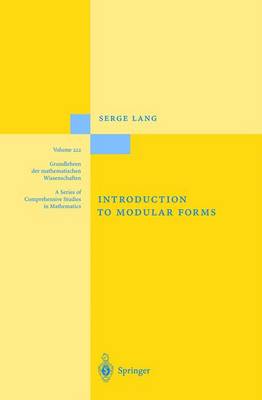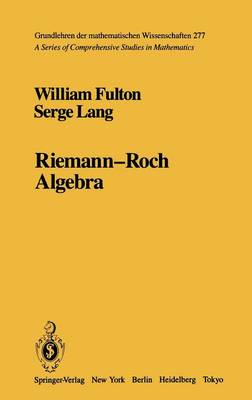Grundlehren der mathematischen Wissenschaften
2 primary works
Book 222
From the reviews: "This book gives a thorough introduction to several theories that are fundamental to research on modular forms. Most of the material, despite its importance, had previously been unavailable in textbook form. Complete and readable proofs are given... In conclusion, this book is a welcome addition to the literature for the growing number of students and mathematicians in other fields who want to understand the recent developments in the theory of modular forms."
#Mathematical Reviews#
"This book will certainly be indispensable to all those wishing to get an up-to-date initiation to the theory of modular forms."
#Publicationes Mathematicae#
#Mathematical Reviews#
"This book will certainly be indispensable to all those wishing to get an up-to-date initiation to the theory of modular forms."
#Publicationes Mathematicae#
Book 277
In various contexts of topology, algebraic geometry, and algebra (e.g. group representations), one meets the following situation. One has two contravariant functors K and A from a certain category to the category of rings, and a natural transformation p:K--+A of contravariant functors. The Chern character being the central exam- ple, we call the homomorphisms Px: K(X)--+ A(X) characters. Given f: X--+ Y, we denote the pull-back homomorphisms by and fA: A(Y)--+ A(X). As functors to abelian groups, K and A may also be covariant, with push-forward homomorphisms and fA: A( X)--+ A(Y). Usually these maps do not commute with the character, but there is an element r f E A(X) such that the following diagram is commutative: K(X)~A(X) fK j J~A K( Y) ------p;-+ A( Y) The map in the top line is p x multiplied by r f. When such commutativity holds, we say that Riemann-Roch holds for f. This type of formulation was first given by Grothendieck, extending the work of Hirzebruch to such a relative, functorial setting. Since then viii INTRODUCTION several other theorems of this Riemann-Roch type have appeared.
Un- derlying most of these there is a basic structure having to do only with elementary algebra, independent of the geometry. One purpose of this monograph is to describe this algebra independently of any context, so that it can serve axiomatically as the need arises.
Un- derlying most of these there is a basic structure having to do only with elementary algebra, independent of the geometry. One purpose of this monograph is to describe this algebra independently of any context, so that it can serve axiomatically as the need arises.

